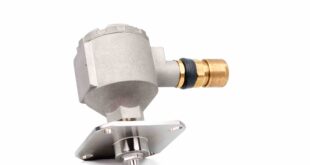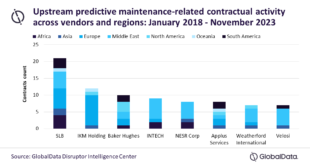An international oil and gas industry network, Subsea Wireless Group (SWiG), has launched a new wireless acoustic standard to improve communication between offshore vessels and the vehicles used in underwater inspection, maintenance and repair.
SWiG addresses problems related to the increasing diversity of communication systems used by Autonomous Underwater Vehicles (AUVs). Its new standard, SWiGacoustic, provides a simple acoustic protocol that satisfies interoperability requirements, aiding seamless communication between platforms.
R&D consultancy Sagentia Innovation manages SWiG as a joint industry project (JIP). The JIP is a collaboration of 28 members representing all parts of the supply chain, from major energy operators to subsea service providers and integrators to specialist instrumentation companies. It creates space for industry players to work together on technical matters related to subsea wireless technologies.
Shreekant Mehta, Senior Vice President, Energy Sector at Sagentia Innovation, says the SWiGacoustic specification is geared towards activities such as process control, monitoring, diagnostics and maintenance. By improving these areas, it has the potential to enhance the overall performance of subsea operations.
“Subsea vessel and vehicle operators use various wireless technologies, from radio frequency and acoustic to inductive power and data as well as free space optics and hybrid solutions,” Shreekant explains. “These technologies are complementary and perform different functions in different subsea environments and applications. However, without a common acoustic standard it’s difficult to achieve the interoperability needed for joined-up monitoring and control. SWiGacoustic solves this problem.”
SWiGacoustic is derived from the digital underwater signalling standard NATO ANEP-87 Edition A Version 1. It reflects decisions made by SWiG members to balance capabilities with compromise in key areas such as bandwidth versus range, frequency capability and transducer sizes.
 Engineer News Network The ultimate online news and information resource for today’s engineer
Engineer News Network The ultimate online news and information resource for today’s engineer


